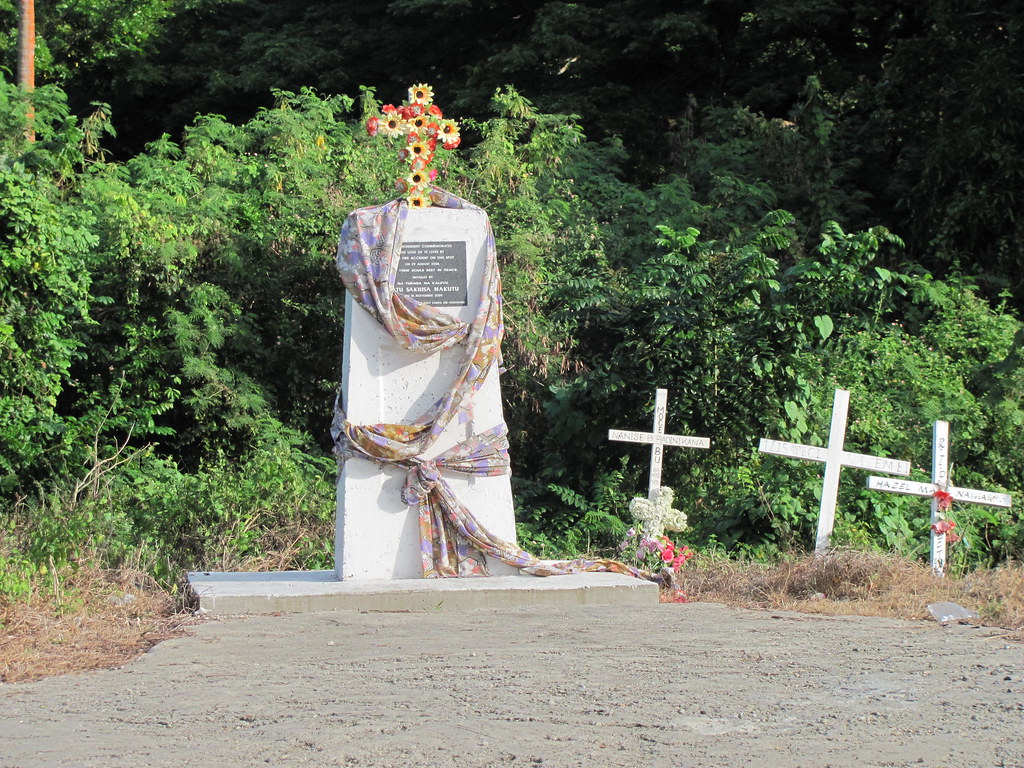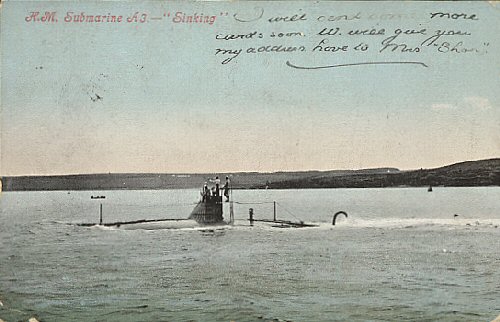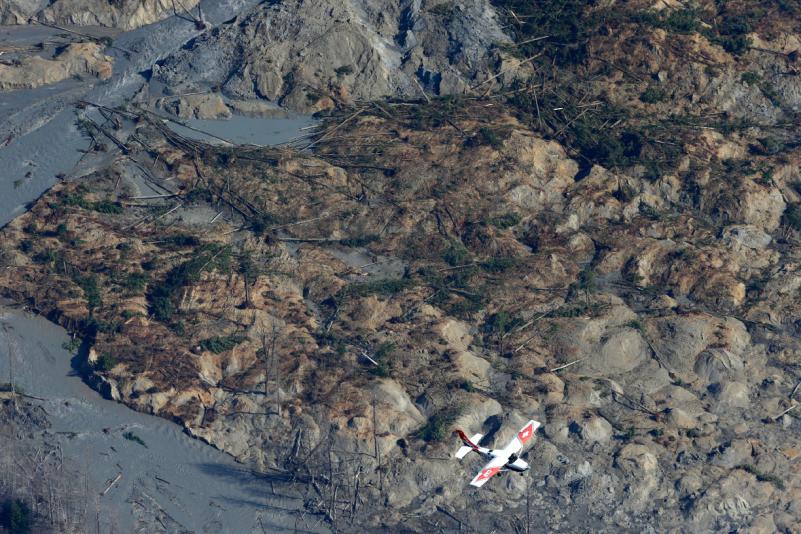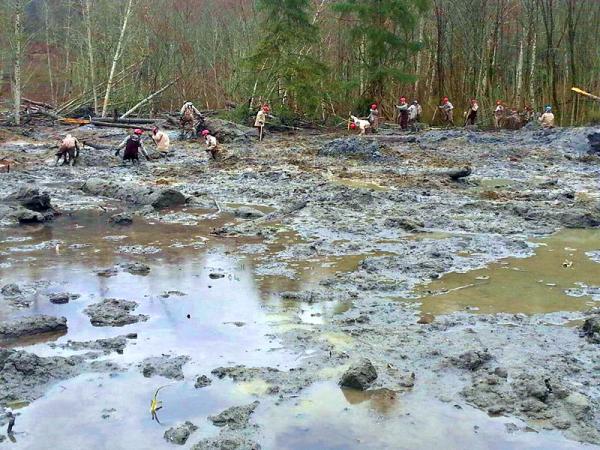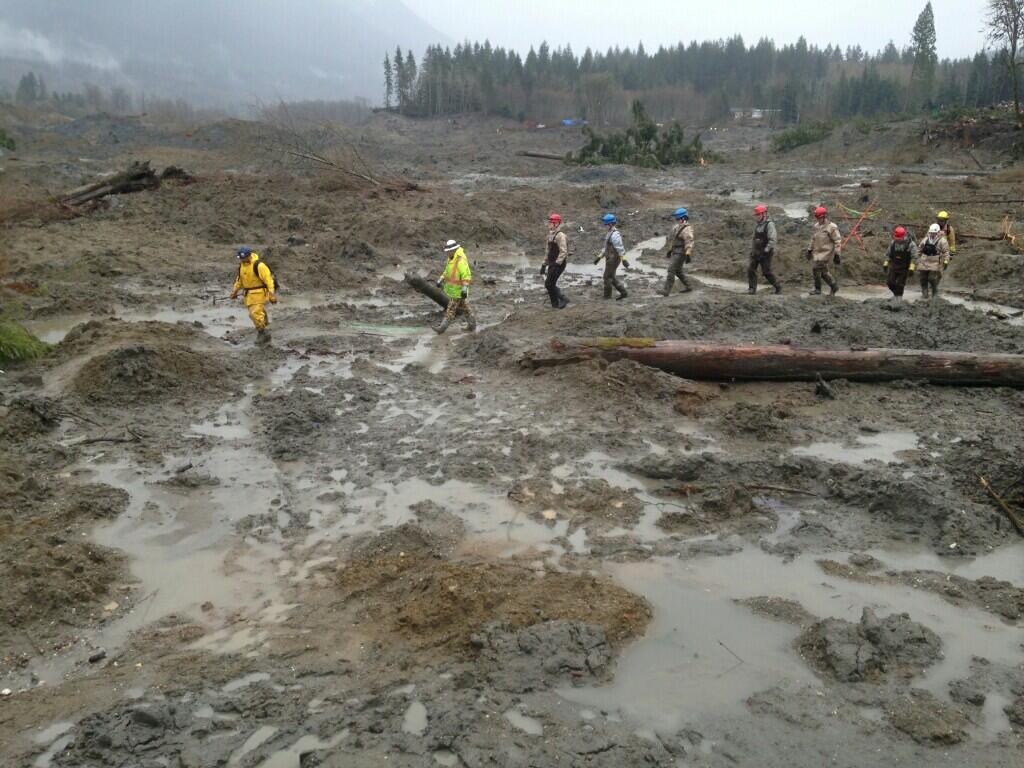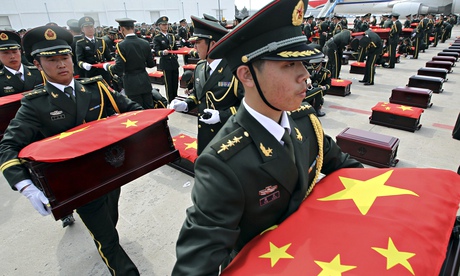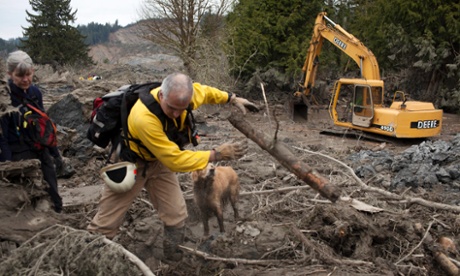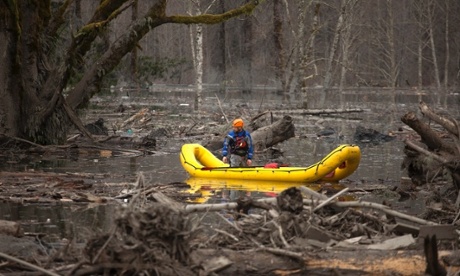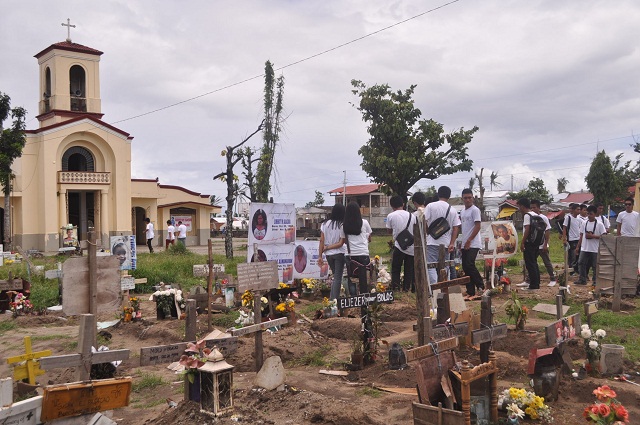 A coroner's court has found it was never possible to rescue the eight people who survived for hours in the rubble of Christchurch's CTV building after a violent collapse. CTV rescue was never possible.
A coroner's court has found it was never possible to rescue the eight people who survived for hours in the rubble of Christchurch's CTV building after a violent collapse. CTV rescue was never possible. In a major report made public today, coroner Gordon Matenga told rescuers they were not to blame for the deaths and praised an "outstanding, courageous and selfless" New Zealand Fire Service (NZFS).
But he also condemned several of their practices, finding key issues in the emergency service's command structure, crisis management and decision-making.
The CTV building was a badly designed office block that collapsed in an unusually powerful and shallow earthquake on February 22, 2011. The six storeys pancaked on top of each other at 12:51pm, leaving 115 dead and around a dozen trapped in small pockets of air.
Eight of the trapped were English students from Kings Education Language School on the third floor – Dr Tamara Cvetanova, Ezra Medalle, Jessie Redoble, Rika Hyuga, Rhea Sumalpong, Emmabelle Anoba, Mary Amantillo and Chang Lai.
In the hours that followed most were able to contact family and emergency services with their mobile phones, sending cries of help as far as China and the Philippines.
Dr Cvetanova was able to call her husband several times as he clambered over the rubble trying to find her. They began to knock back forth through the concrete; she would go on to say she wasn't afraid, as rescue was on the way.
The seven women and one man – of China, Siberia, Japan and the Philippines – died sometime before or around midnight on February 22. Mr Matenga found their deaths were a result of "massive crush injuries", smoke inhalation or other unidentified causes.
Rescuers cleared of accidentally crushing survivors
The actions of NZFS were heavily criticised as many of the families felt the rescuers were disorganised and unprepared for the disaster. Alec Cvetanov – Dr Cvetanova's husband – told a 2012 inquest the firefighters had accidentally killed his wife during the rescue, arguing she was crushed as workers moved rubble with heavy machinery.
However, Mr Matenga has since found no sure proof of the allegation, saying the rescuers did "all they could in a difficult situation". There were several strong aftershocks and "too much going on", he ruled, to be sure the rescue effort had accidentally killed the survivors.
He also found there was no evidence NZFS delayed the rescue to focus on other reports or calls for help, as alleged by Mr Cventanov at inquest.
"The rescue efforts of those who worked at the CTV building were outstanding, courageous and selfless and a number of people were saved because of it," his report reads.
"The rescuers could not save everyone, but they expended every effort and resource that was available to them in attempting to do so."
The inquest has also found NZFS was plagued by a series of key systemic failings during the rescue.
Mr Matenga found the senior fire officers at the site were "clearly overwhelmed" by the disaster. Senior station officer David Berry arrived late at the scene and felt he wasn't in command, while others thought he was, prompting confusion.
As a whole, NZFS failed to properly take command of the recovery, failed to create an incident control point and failed to send one of Christchurch's 13 executive officers to the scene – a decision Mr Matenga labelled as a "missed opportunity".
The coroner also slammed an executive decision, made by national controller John Hamilton on the advice of special operations commander Jim Stuart-Black, to go on without the help of a specialist United Nations disaster recovery team.
Mr Matenga has since ordered eight recommendations, each advising NZFS to better its training and disaster preparation.
"More people, more resources, better communication and a better structure would, I am satisfied on the evidence, have improved the situation overall and may have improved the chances of saving more lives," his report reads.
"However, I am not satisfied to the standard required that such improvements would have resulted in the actual locating and saving the lives of [the eight lost]."
Prime Minister John Key this morning told RadioLIVE errors were inevitable due to the magnitude of the disaster.
CTV families spokesperson Peter Brown says the report shows emergency services could have done a better job.
"On the day, all the families accept that the ones that were here did the best they could. But as the report has outlines… things could have been done a lot better," he said on Firstline this morning.
"The main thing really is that the people who are there at the rescue know what they are doing in this particular type of event."
He was at the CTV building after it collapsed, and helped police locate bodies by drawing rough maps on scraps of paper.
"I knew from the outset… there would be no one found alive because of the way the building had pancaked." Quake beyond our training and experience – NZFS
NZFS chief executive and national commander Paul Baxter today responded to the report, saying the fire service takes the recommendations "very seriously".
"The fire officers in command of NZFS resources at the CTV site were faced with a situation that no other officer in the history of NZFS has had to face," he says in a media release.
"It is widely accepted that a natural disaster of this scale presented challenges beyond the training, experience and resources of the service."
Mr Baxter says the fire service has already addressed or is in the process of addressing all eight recommendations made by the court.
"It has been more than three years, but for many, including our firefighters, it was like yesterday and the NZFS wants to acknowledge the strength and resilience shown by the community.
"Firefighers and USAR crews involved in the emergency response in Christchurch did an exceptional job, stepped up, did their very best, often putting their own situations and families to one site, and many risked their own lives to try and save others."
PM: Errors inevitable in a disaster
"They did everything they possibly could, I believe, and they did tremendous work down there," he said. "Whenever you have a major event like this, there are findings and learnings that can be improved.
"I'm sure if there was ever to be a natural disaster of an equivalent magnitude again there would be potentially other things that would occur because the enormity of the event and the rapid decision making – all of those things – add to an incredibly challenging situation."
Mr Key praised the actions of the rescuers at the scene, saying the scale of what took place was "enormous".
"I was not that far away from the CTV building," he said. "I could see it and it was like a warzone there, it was hard to believe.
"People were in shock, there was just sirens and fire and noise, it was incredible and the whole of the CBD was being brought to its knees.
"Under those circumstances, I think you'll find there'll always be improvements that could be made, that's just the nature of what you're dealing with."
Copies of the report were mailed last week to the families of all 115 people who died in the CTV building, along with the embassies of China, Japan, Philippines, Thailand and Korea.
The full report will be uploaded to the Ministry of Justice website today.
Full list of recommendations:
[154] Pursuant to section 57(3) Coroners Act 2006 I make the following recommendations;
154.1 NZFS continue work commenced to establish a Memorandum of Understanding between NZFS, NZDF, Air New Zealand and DHL to ensure that the requirements of each organisation are clearly expressed, to ensure the expeditious deployment of USAR teams when required and undertake joint training exercises to ensure the requirements are understood;
154.2 NZFS arrange for USAR technicians to undertake the "Dogman" course to receive specialist training in the use of heavy machinery (including cranes) in search and rescue work;
154.3 NZFS arrange for USAR technicians to undertake and maintain IATA certification;
154.4 For all major disasters where international assistance is sought or accepted, it becomes the default position that a request be made to United Nations for the assistance of an UNDAC team;
154.5 NZFS, in conjunction with the Civil Defence Emergency Management Group, develop and undertake joint exercises with such Light Response Teams that have been established by local authorities (but with emphasis on areas where the risk of building collapse is high following a significant even - such as Auckland, Welling and Christchurch) to better understand their capabilities and to ensure the best use of this resource;
154.6 NZFS develop a standard operating procedure following an earthquake event for all on duty NZFS personnel, in the affected area to follow, prior to deployment;
154.7 NZFS and NZ Police develop and undertake further training in incident management and to emphasise the need to co-operate to establish an Incident Control Point and an Incident Controller in the USAR environment;
154.8 The Ministry of Civil Defence and Emergency Management give consideration to amending the CIMS model to provide for the situation where there a multiple sub-incidents, it is a role of the overall Incident Controller to ensure that incident control of a sub-incident has been determined.
Monday 31 March 2014
Read more: http://www.3news.co.nz/CTV-rescue-was-never-possible--coroner/tabid/423/articleID/338020/Default.aspx

